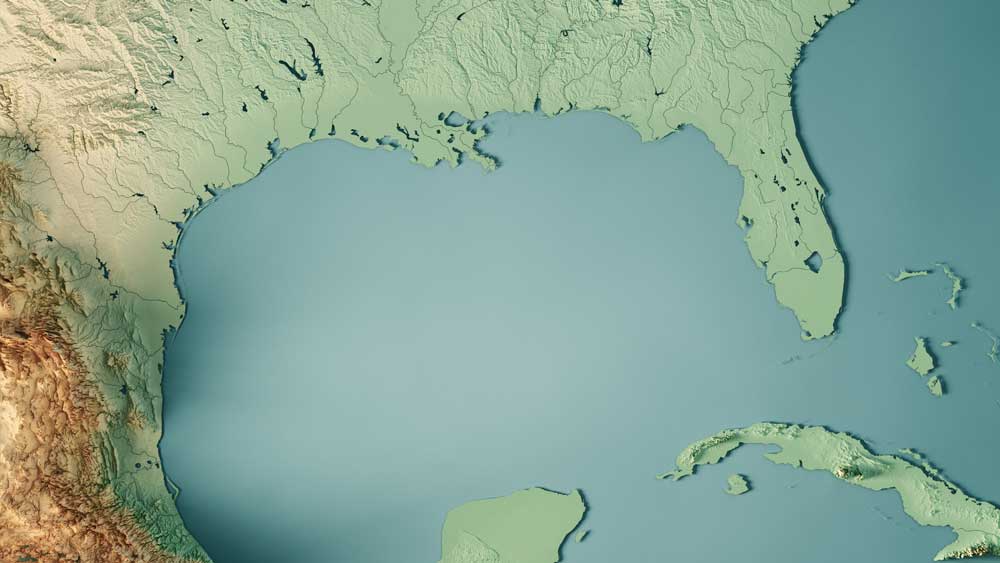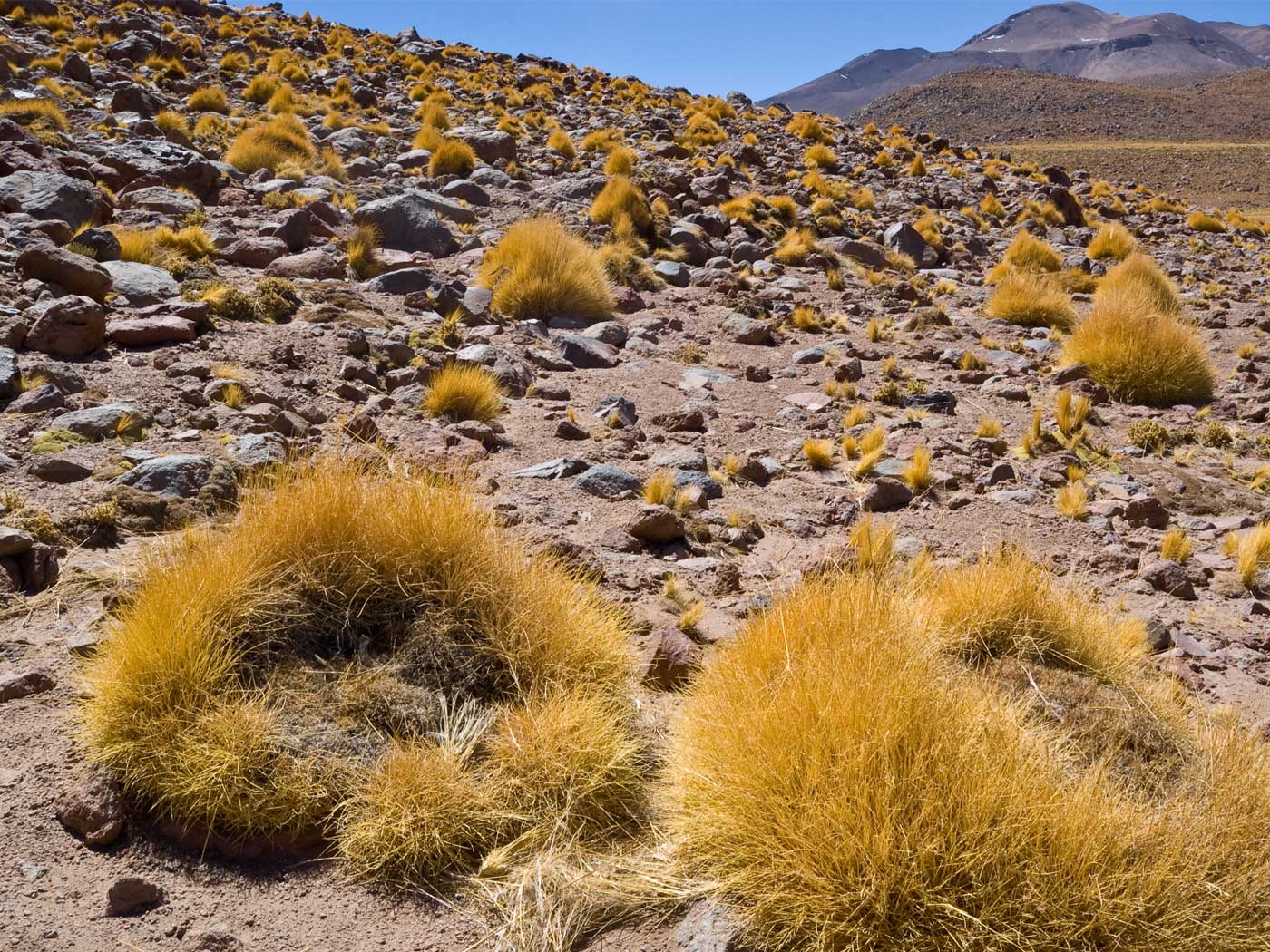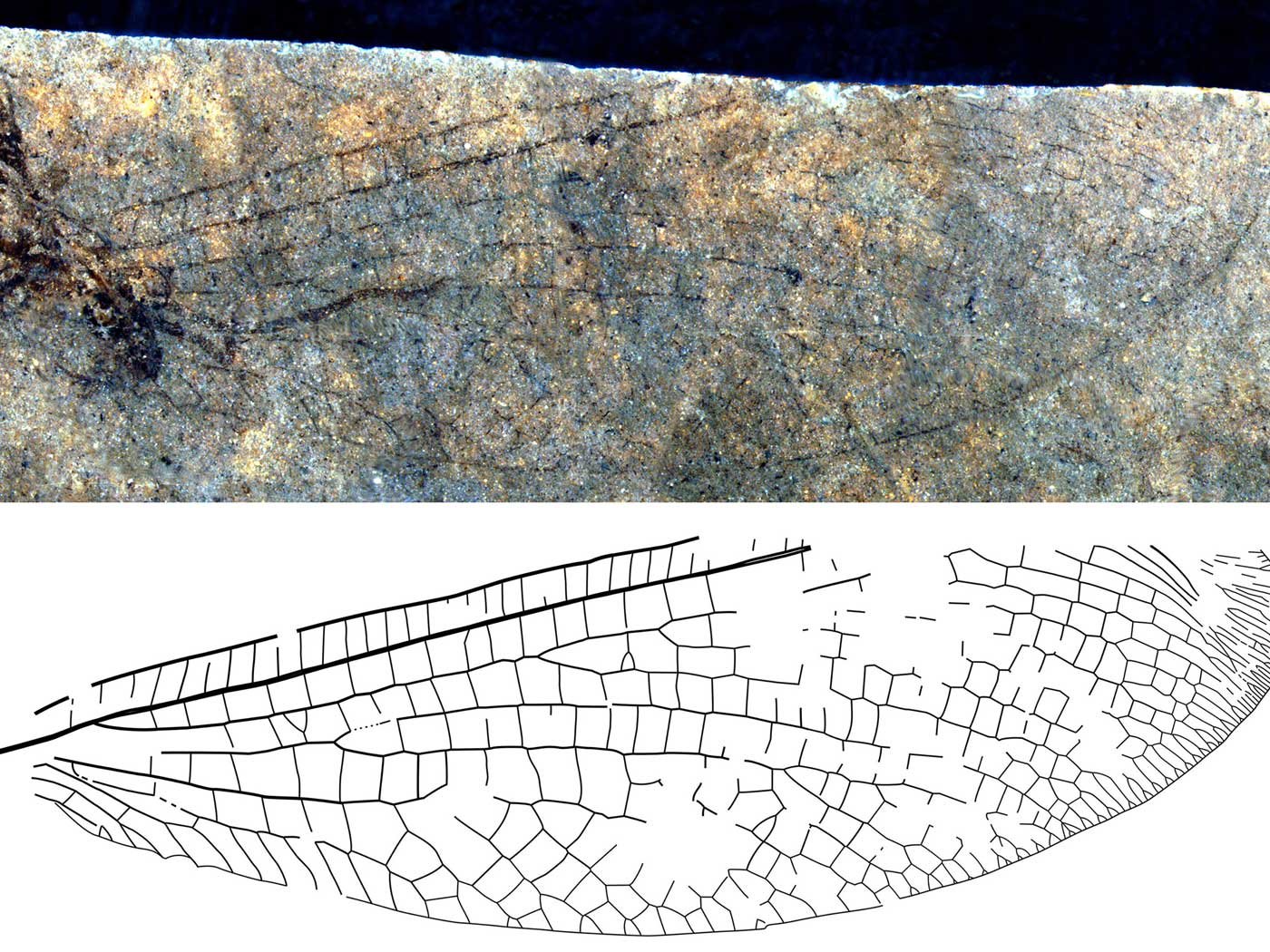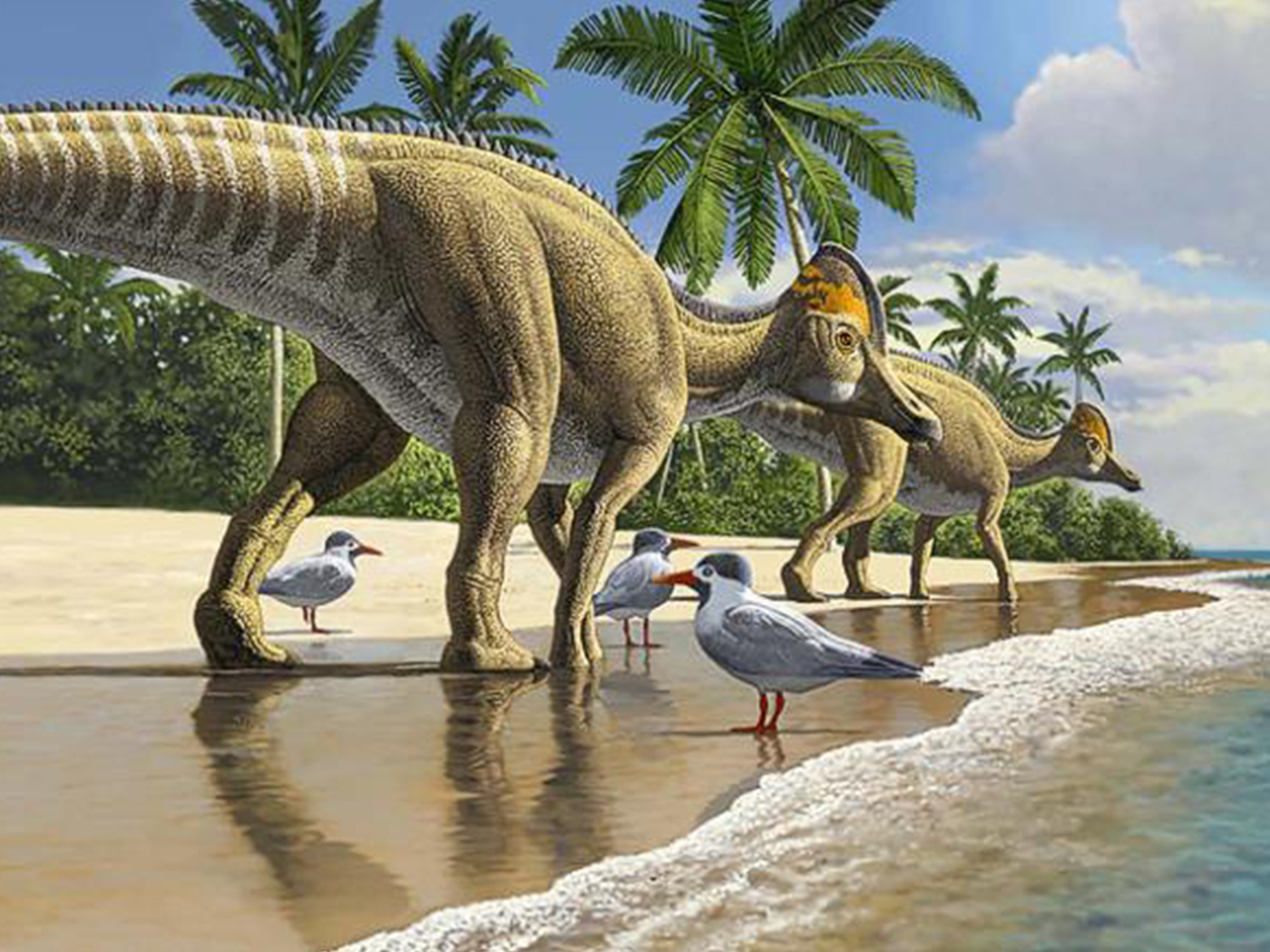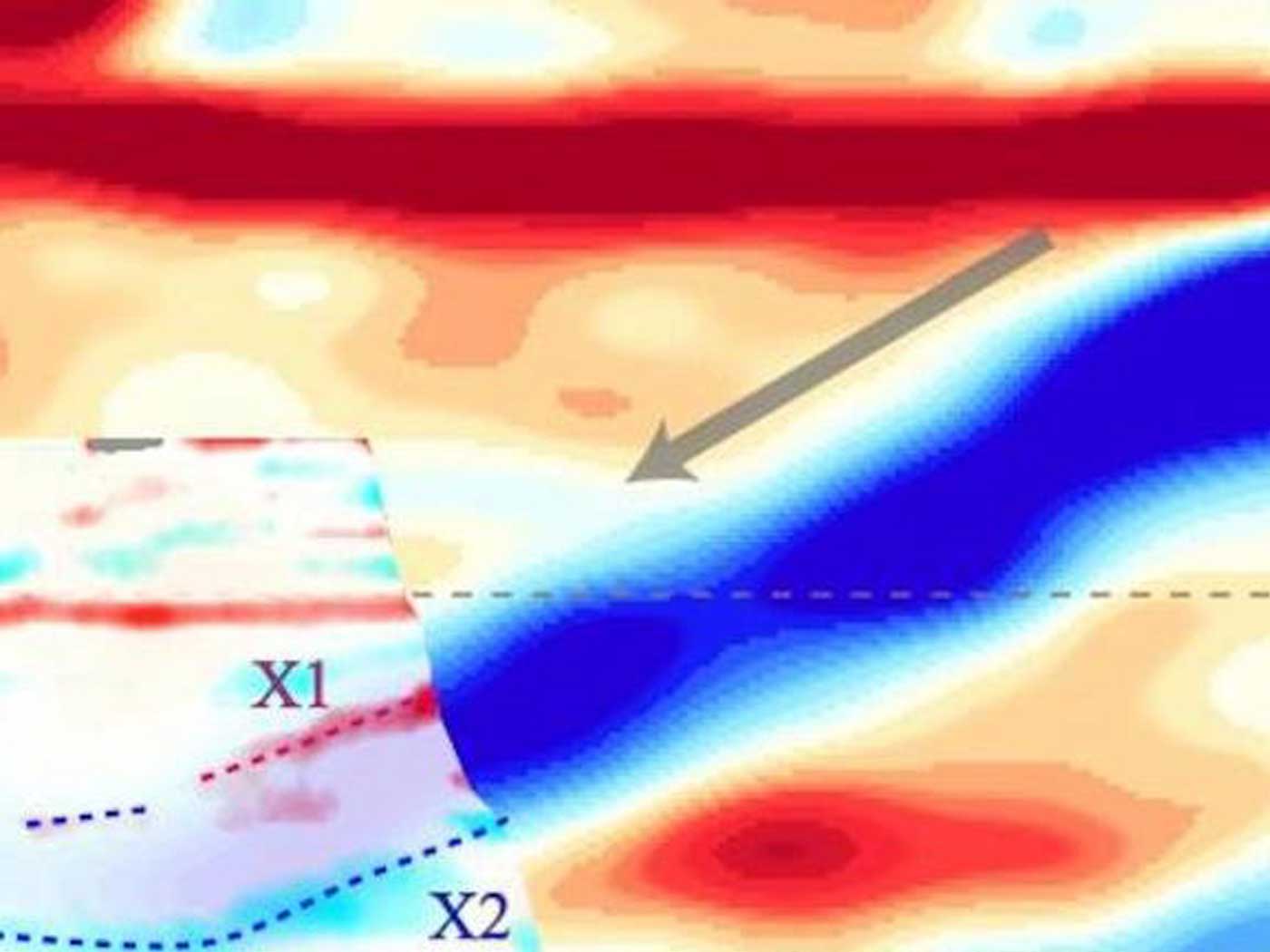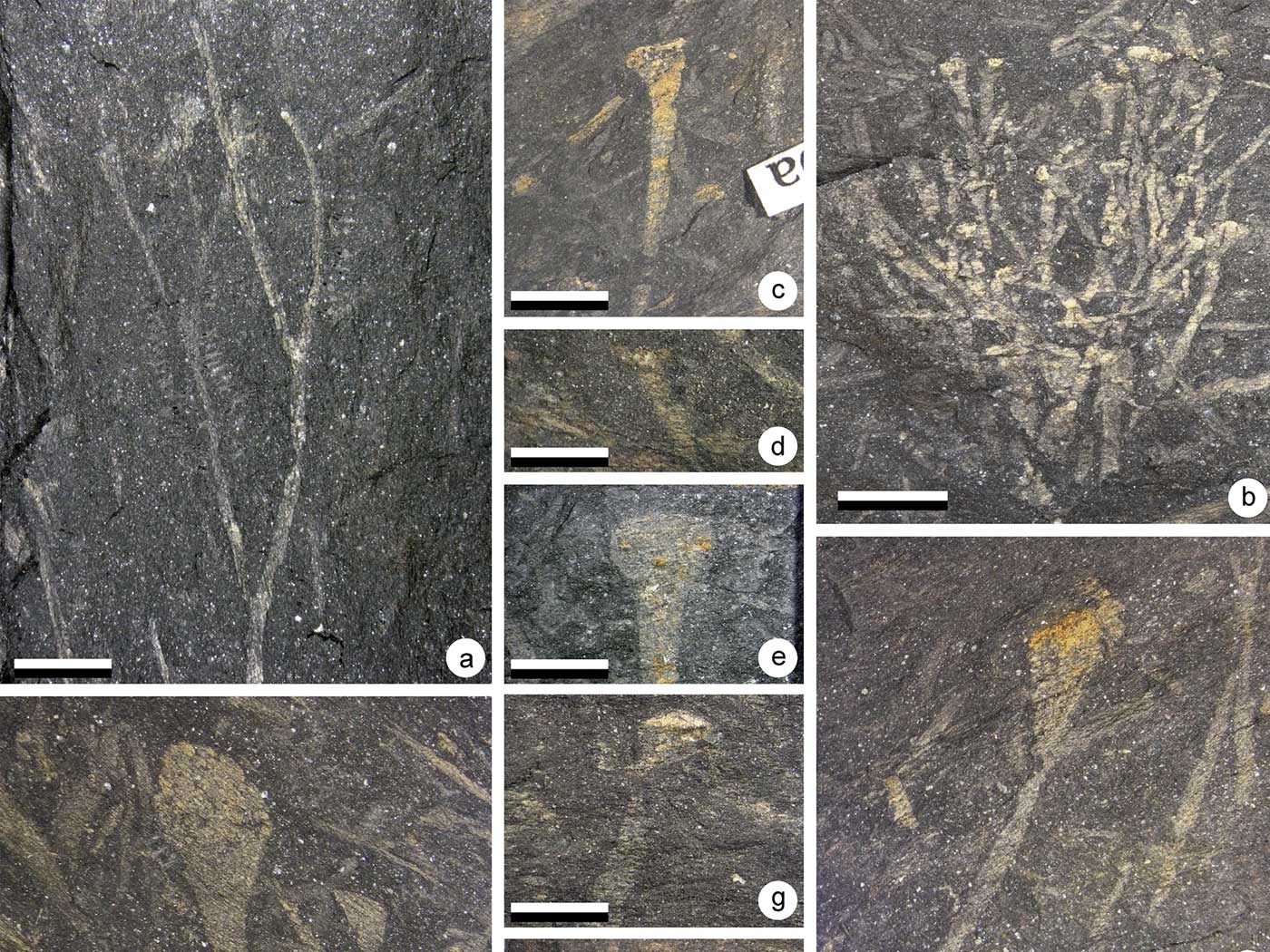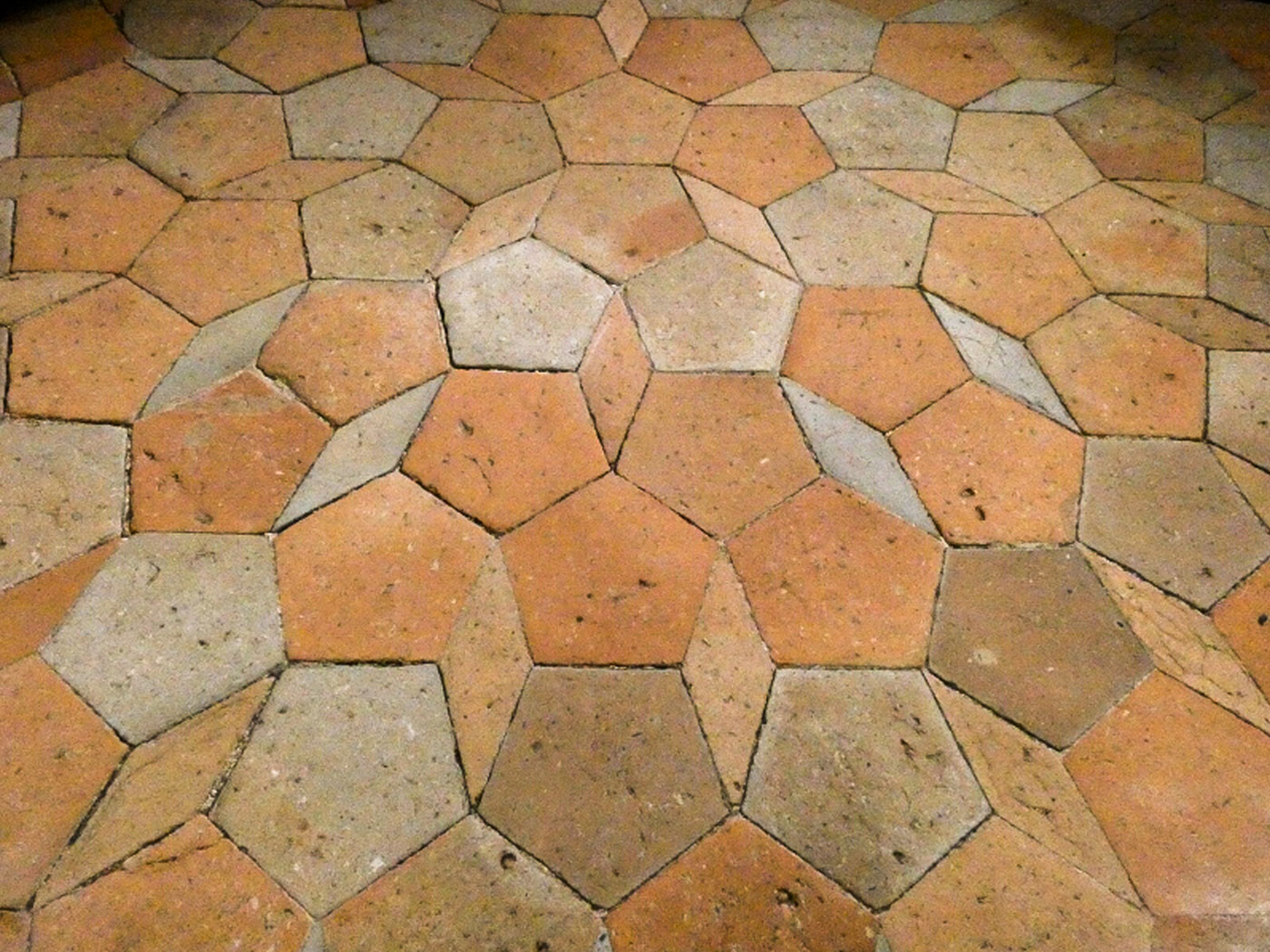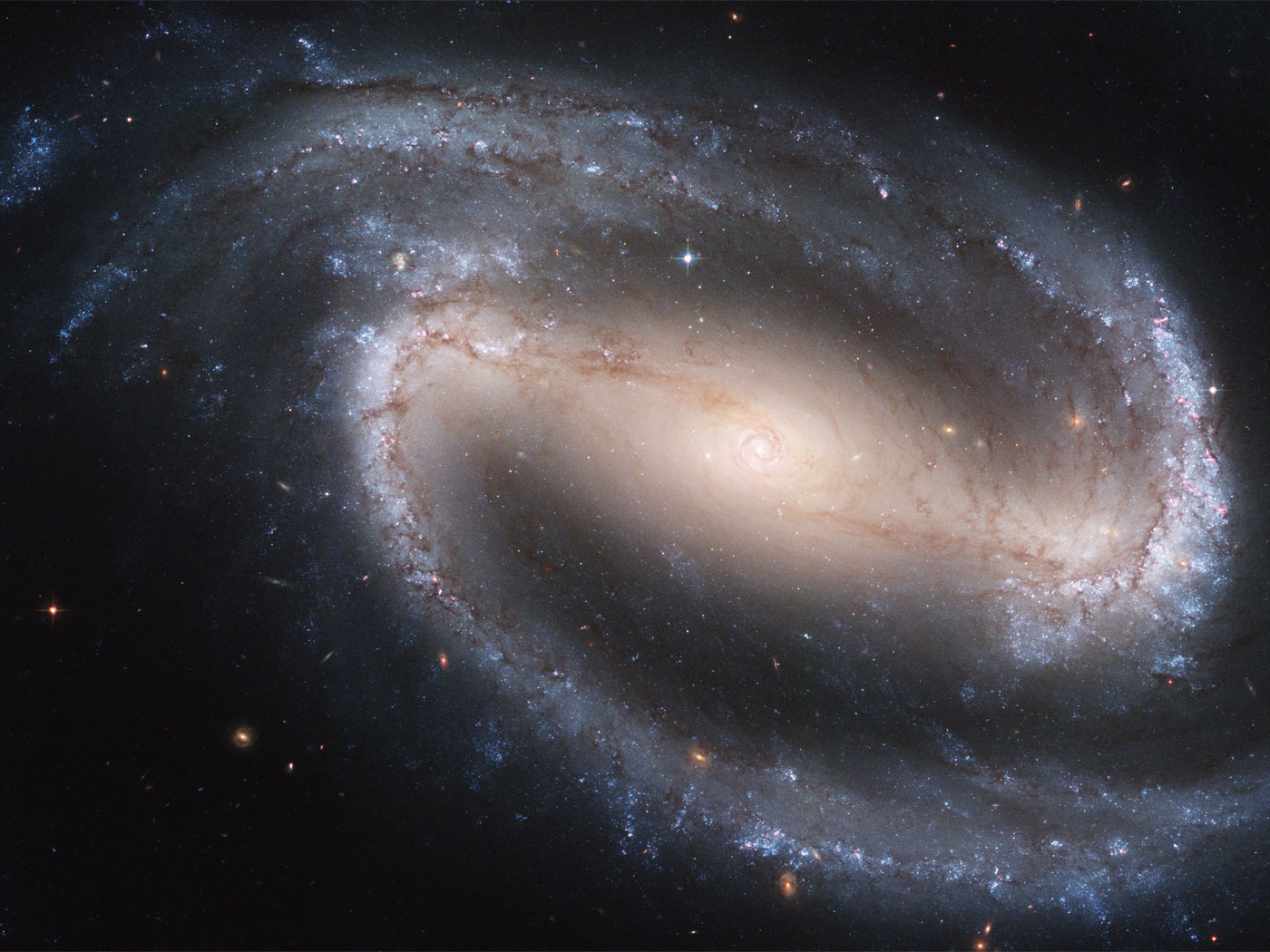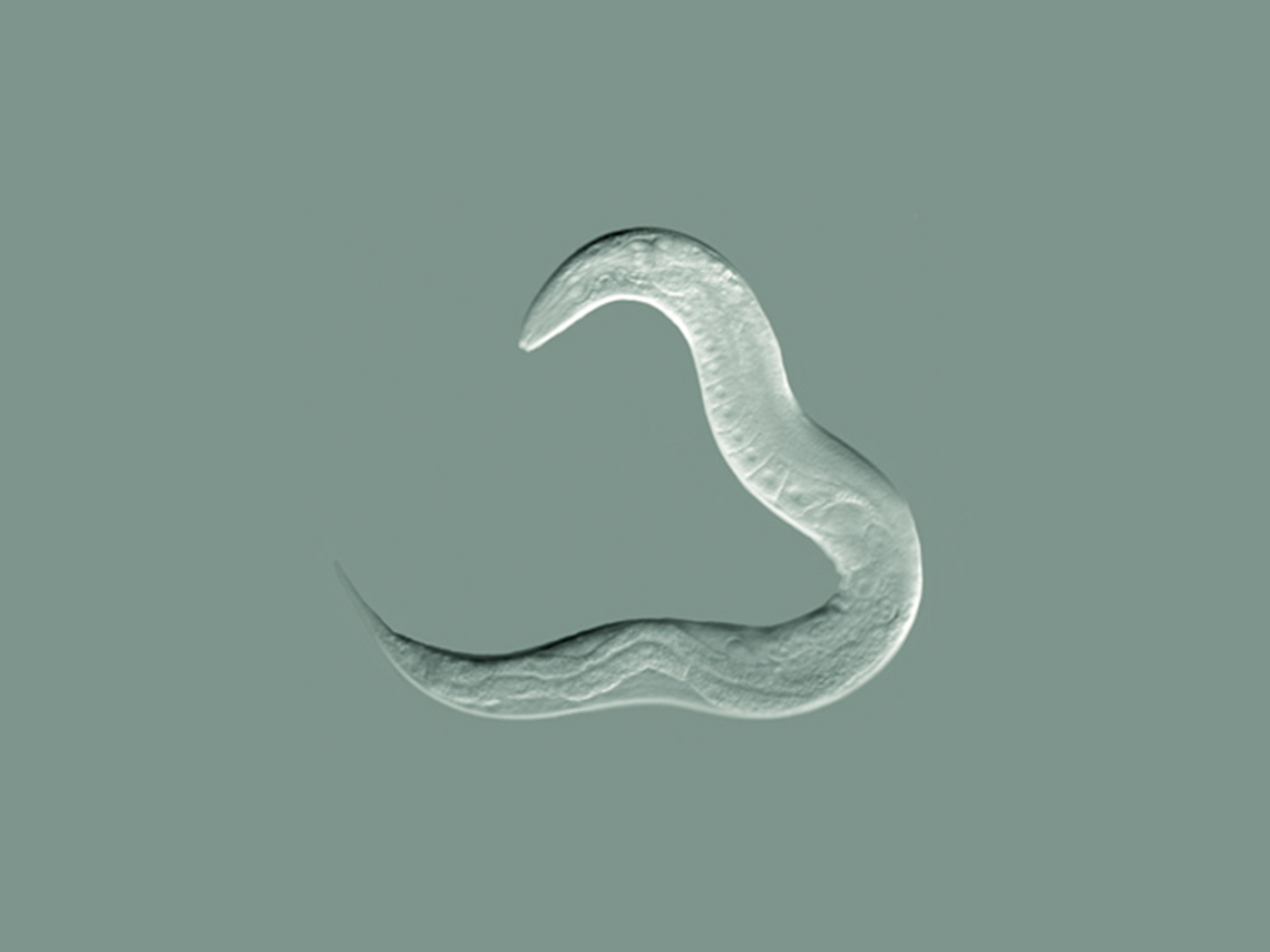Rosenfeld, a retired oil geologist, publishing in the April issue of The AAPG Explorer, noted that the controversy over the origin of the Whopper Sand has endured for over 15 years, with no generally agreed upon solution.1 He started his article by reporting the shocking results found by the Unocal Triton-1 oil well which was drilled about 400 kilometers (250 miles) beyond the contemporaneous shelf edge in the deep water of the Gulf of Mexico.1 The Unocal well discovered an unexpected 1,300 feet of nearly pure sand near the bottom of the Paleogene interval.1
Rosenfeld explained, “Art Berman and I gazed at a GOM [Gulf of Mexico] activity map and pondered how that amount of sand could have been deposited so far out into the basin.”1
It is well accepted in secular geology that thick pure sands cannot be transported out to sea this far (200-plus miles). Geologists have found some channelized (river-like) sands and turbidite deposits and some gravels in the distal and deeper parts of the Mississippi Delta. But these deposits are thin and were likely caused by about a 300-foot drop in sea level during the Ice Age.1
Turbidites are deepwater layers of mud and sand, commonly caused by an underwater debris flow. They normally have a sharp base, are relatively thin (a few feet to tens of feet), and gradually fine upward from the sandy base to a pure clay top. The oil companies drilling in the deepwater Gulf of Mexico were looking for stacked turbidite deposits this far from shore. They were expecting to find sediments dominated by clay and not sand.
In contrast, the thick Whopper Sand interval starts abruptly and ends abruptly. And it covers over 40,000 square miles and is found in water depths from 7,600 feet to over 10,000 feet deep.2 Even a nearby well drilled by Shell showed a similarly thick sand that had sharp boundaries on the top and bottom.1
“This was also puzzling, since we were trained to expect gradational coarsening-upward bedding during regression [sea level drop] and fining-upward during transgression [sea level rise], rather than the sharp contacts we were seeing,” wrote Rosenfeld.1
Furthermore, Rosenfeld noted that others had described the sand layer “as being sheet-like rather than channelized.” So, apparently no river systems could have formed the Whopper Sand either.
To try and explain this in his uniformitarian worldview, Rosenfeld proposes a rather outlandish solution. He suggests that the Gulf of Mexico became isolated from the Atlantic Ocean and that sea level in the Gulf subsequently dropped over 6,000 feet, allowing sand to be transported into the remaining deepest sectors.1 And he tries to justify his explanation using evidence of erosional canyons along the continental shelf edges and by comparison to the Mediterranean Sea. But erosional canyons on the shelf edges are a global phenomenon, and the Mediterranean has a thick Miocene salt layer, whereas the Gulf has none at the level of the Whopper Sand. Uniformitarian scientists cannot argue for massive evaporation and sea level drawdown without some evaporation evidence, like salt.
In addition, lowering sea level over 6,000 feet would mean ground water levels would have had to have lowered as well. Otherwise, groundwater would have just seeped back into the Gulf, refilling the basin just like most natural lakes and rivers today that are likewise fed by ground water flow. Rosenfeld added,
It was a conundrum. How could base level [sea level] in the GOM have suddenly fallen, and then just as suddenly risen again in order to create this vast Wilcox sand deposit that spreads across the GOM from offshore eastern Louisiana to southern Mexico, and from the Louisiana shoreline (in the Davy Jones well) to beyond the Sigsbee escarpment?1
The Whopper Sand is formally known as the Lower Wilcox Sand throughout the Gulf region. It is a Paleogene (Early Cenozoic) sand, deposited shortly after the Cretaceous sediments. ICR’s research has shown that the Whopper Sand was the basal unit of the Tejas megasequence in the deep Gulf, and it marked the start of the receding phase of the Flood.2
The ongoing conundrum of the Whopper Sand is resolved if the shackles of uniformitarianism are broken. If we accept the truth of the global Flood, the Whopper Sand becomes nothing more than an expected consequence of this year-long event. I summarized the best explanation for the Whopper Sand in my new book, Carved in Stone:
So, where did the Whopper Sand come from? The answer appears to be related to the receding stage of the great Flood (Genesis 8:3). The Whopper Sand is near the base of a worldwide sedimentary sequence formed during the Flood (Tejas). Drainage across the United States changed dramatically as these layers were being deposited, with most of the water flowing toward the Gulf of Mexico. It is logical that the floodwaters that inundated whole continents would have flowed off in catastrophic volumes. High-velocity, sheet-like flow would tend to transport large volumes of sand and rock fragments first, dumping the Whopper Sand into deep water.
This type of flow would only have occurred once during the recession of the Flood’s water. Today, we find mere trickles of flow to the deep water, transporting a mixture of clay and sand down submarine canyons. Because the Flood was global, there are likely other whopper sands to be found in deep water worldwide.3
This type of flow would only have occurred once during the recession of the Flood’s water. Today, we find mere trickles of flow to the deep water, transporting a mixture of clay and sand down submarine canyons. Because the Flood was global, there are likely other whopper sands to be found in deep water worldwide.3
References
1. Rosenfeld, J.H. 2020. Paleogene drawdown of the Gulf of Mexico: An ongoing controversy, The AAPG Explorer 41(4): 14-19.
2. Clarey, T. 2020. Carved in Stone. Dallas, TX: Institute for Creation Research, 334-335.
3. Ibid, 335.
*Dr. Clarey is Research Associate at the Institute for Creation Research and earned his doctorate in geology from Western Michigan University.




